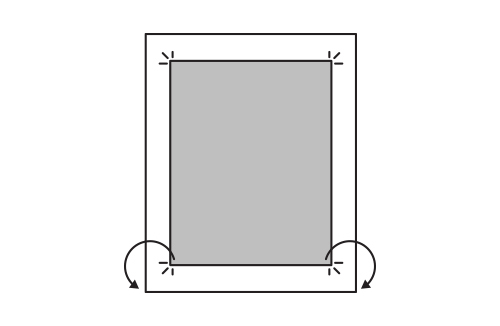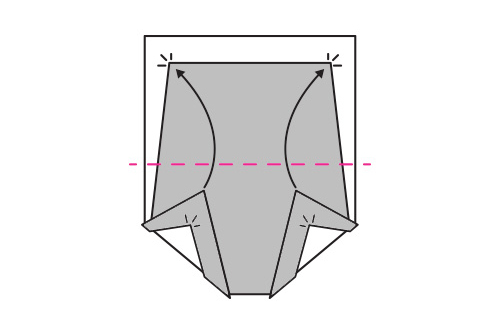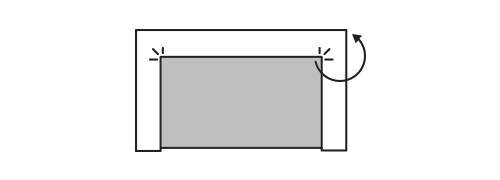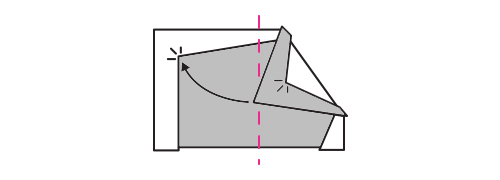My Cart
Your cart is empty
Congrats!
You've qualified for free shipping!
Nearly there!
Your cart is empty
Congrats!
You've qualified for free shipping!
Nearly there!
GSM stands for Grams per Square Metre, which refers to the weight of the quilt filling (more precisely the number of grams of filling per square meter - the more filling the warmer).
To make it easier to choose the right weight and warmth, many manufacturer's quote the GSM fill of the quilt.
As a rough guide :
• 150 - 250 GSM is best for Summer
• 300 - 400 GSM are regarded as Autumn and Spring weight
• 450+ GSM are considered best for Winter
• Four Seasons/ All Season quilts: Typically come with 2 quilts - 1 x light weight (Summer) and 1 x medium-weight (Spring/Autumn)
- when attached together and combined are ideal for Winter
For more information, please refer to our Australian Duvet, and Quilt Buying Guide
Loft is another measure of a quilt’s warmth based on its height/thickness.
To give you an idea:
• Light Loft is the equivalent to 300 GSM or two blankets
• High Loft is the equivalent to approximately 450 GSM or 3 blankets
• Super Loft is the equivalent to 500 GSM or 5 blankets
For more information, please refer to our Australian Doona, Duvet, and Quilt Buying Guide
Microfibre quilts are synthetic, lightweight, and warm. They give you the warmth and comfort of feathered quilts and are hypoallergenic. They're also available in different weights and are machine washable.
For more information, please refer to our Australian Doona, Duvet, and Quilt Buying Guide
Down and Feather quilts are warm, lightweight, and breathable. They're a great choice for cold weather climates with down providing high warmth with minimal weight.
Down quilt tend loft/expand once trapping body heat and feel very light on your body and not as heavy as other fills. Duck down typically tends to have smaller clusters, with goose down having larger clusters offering the greatest loft and warmth.
For more information, please refer to our Australian Doona, Duvet, and Quilt Buying Guide
Wool quilts are natural and sustainable. They're warm, yet breathable which make them a great all-season option that will keep you cool and dry in the summer and warm in the winter. They also won't loft as much as other types of filling.
For more information, please refer to our Australian Doona, Duvet, and Quilt Buying Guide
Tencel quilts is made from a natural eucalyptus fiber that is hypoallergenic and has inherent anti-bacterial properties, making it ideal for people with allergies and asthma. Tencel is eco-friendly and very warm.
For more information, please refer to our Australian Doona, Duvet, and Quilt Buying Guide
Bamboo quilts have a natural and sustainable material that is ultra-light and extremely breathable. It helps to wick away moisture to help keep you warm and dry.
Some Bamboo quilts are hygienic and environmentally friendly choice, and the ideal sleep accessory for allergy sufferers. Bamboo is naturally anti-bacterial, anti-microbial, and chemical free, and is resistant to mould and dust mites.
Bamboo material is also odour-resistant, which prevents the quilt from absorbing unpleasant odours and keeps your bedding fresh and clean.
For more information, please refer to our Australian Doona, Duvet, and Quilt Buying Guide
Cotton quilt is a natural fibre that is ideal for people with allergies. Cotton quilts offer breathability and comfort, and are especially great for light weight quilts.
For more information, please refer to our Australian Doona, Duvet, and Quilt Buying Guide
Alpaca wool is softer and warmer than other materials. It is also unusually light in comparison to other materials. It's good for temperature regulation. Alpaca fleece is Lanolin free, so it doesn’t require chemical processing.Wool is a natural healthy choice, and an environmentally friendly resource.
For more information, please refer to our Australian Doona, Duvet, and Quilt Buying Guide
Silk quilt is a natural material that is extremely breathable, so enables your body to maintain a more stable temperature. Silk also has hypoallergenic properties.
For more information, please refer to our Australian Doona, Duvet, and Quilt Buying Guide
Care and washing instructions for quilts vary since they come in different materials and fabrics.
Be sure to read labels and follow manufacturers recommended care instructions to prolong the life of your quilt.
For more information, please refer to our Australian Doona, Duvet, and Quilt Buying Guide
With this simple trick, putting on your quilt covers will be unbelievably fun and easy.
For more information, please refer to our Australian Doona, Duvet, and Quilt Buying Guide
Note: Always remember to check your manufacturer's instructions before starting. Quilt covers are made from different kinds of fabrics and materials that may need specific cleaning procedures.
For more information, please refer to our Australian Duvet, and Quilt Buying Guide
Washing your quilt covers properly is important to ensure that you can use them long term. Here are some tips to help you decide when to wash your quilts, and how to do it properly.
For more information, please refer to our Australian Doona, Duvet, and Quilt Buying Guide
Show your quilts some love by properly taking care of them.
For more information, please refer to our Australian Duvet, and Quilt Buying Guide
Folding your fitted sheets keeps them organized - learn to fold them properly to keep them tidy and wrinkle-free.






